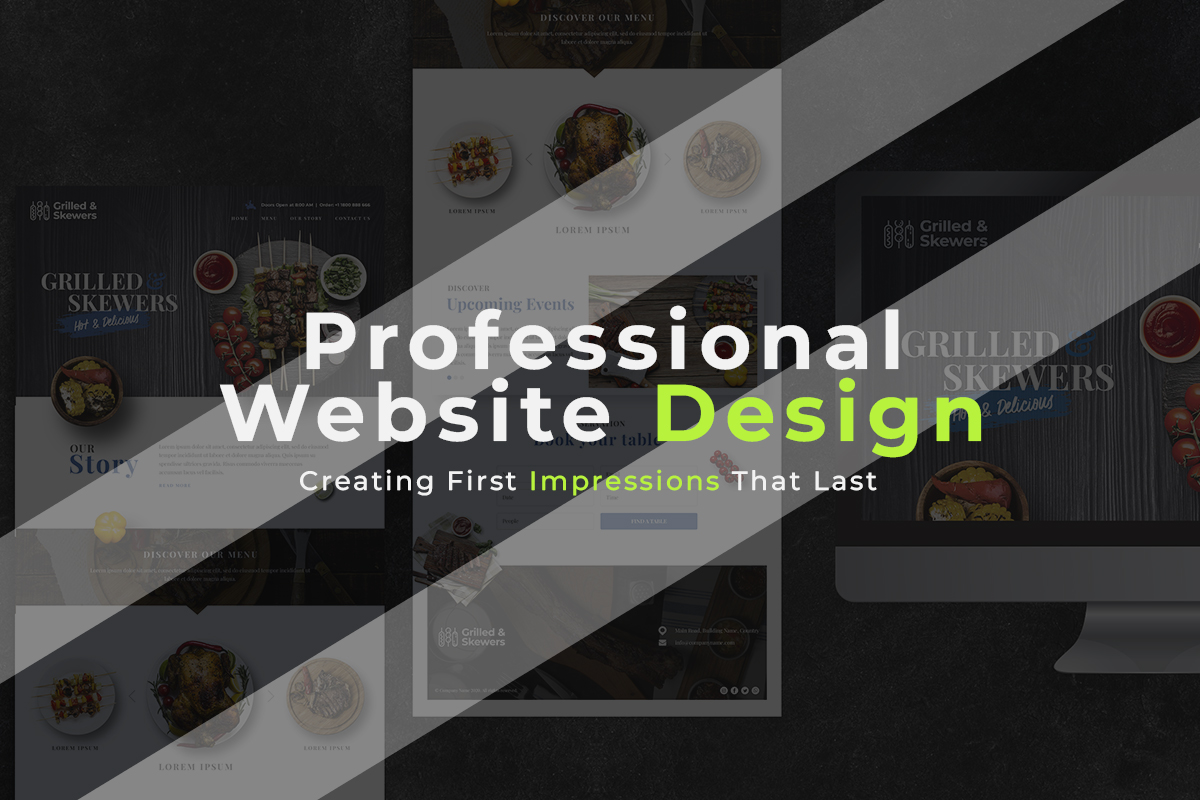Introduction
First impressions matter—especially online. Studies show that users form an opinion about a website in less than three seconds. A poorly designed site can instantly turn potential customers away, while a well-crafted one can build trust and encourage action.
That’s why professional website design is so important. It goes beyond colors and layouts; it’s about creating an experience that reflects your brand, engages your audience, and guides them toward your goals.
What Is Professional Website Design?
Website design focuses on the visual and interactive aspects of a site. It includes layout, color schemes, typography, images, and navigation. Professional designers combine aesthetics with strategy, ensuring the site is not only attractive but also functional and user-friendly.
Why Website Design Is Crucial for Your Business
1. Building Trust Through Visual Appeal
A modern, clean, and professional website immediately communicates credibility. On the other hand, cluttered layouts or outdated designs can make even legitimate businesses seem untrustworthy.
2. Enhancing User Experience
Good design is intuitive. Visitors should be able to find what they need quickly and easily. Clear navigation menus, well-structured content, and effective use of white space make browsing effortless.
3. Mobile Responsiveness
With more than half of all internet traffic coming from mobile devices, mobile-friendly design is no longer optional. A responsive design ensures a seamless experience across devices, improving both user satisfaction and SEO rankings.
4. Showcasing Your Brand Identity
Your website is an extension of your brand. Colors, fonts, and imagery should align with your business personality. For example, a law firm might use professional, muted tones, while a café might opt for warm, inviting visuals.
5. Driving Conversions
Ultimately, design should lead visitors toward action—whether that’s making a purchase, filling out a form, or signing up for a newsletter. Strategic use of buttons, calls-to-action, and visual hierarchy plays a big role in conversions.
Key Elements of Professional Website Design
- Clean Layouts – Minimalist structures that avoid clutter.
- Consistent Branding – Logos, fonts, and colors aligned with brand identity.
- Compelling Visuals – High-quality images, graphics, and videos.
- Clear CTAs – Buttons and prompts that guide users naturally.
- Accessibility Standards – Inclusive design that everyone can use.
Common Website Design Mistakes to Avoid
- Overloading pages with too much text or visuals
- Using inconsistent fonts and colors
- Ignoring mobile optimization
- Poor navigation structures
- Lack of clear calls-to-action
Conclusion
Professional website design is about more than aesthetics—it’s about creating lasting impressions, building trust, and driving results. A well-designed website doesn’t just look good; it works hard for your business by attracting customers, keeping them engaged, and guiding them toward action.
Investing in professional design ensures your website is not just a digital placeholder but a powerful marketing tool that sets you apart.



